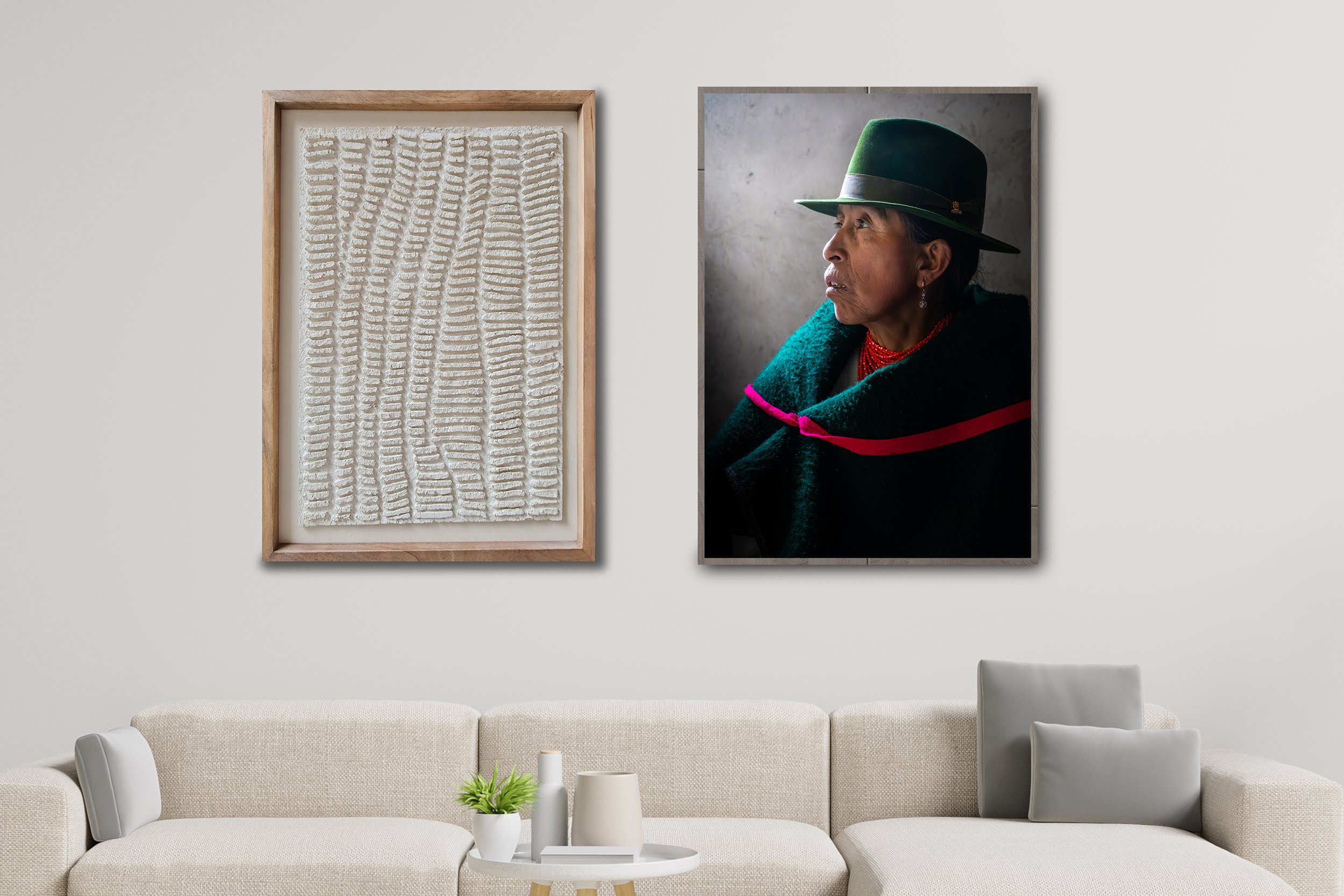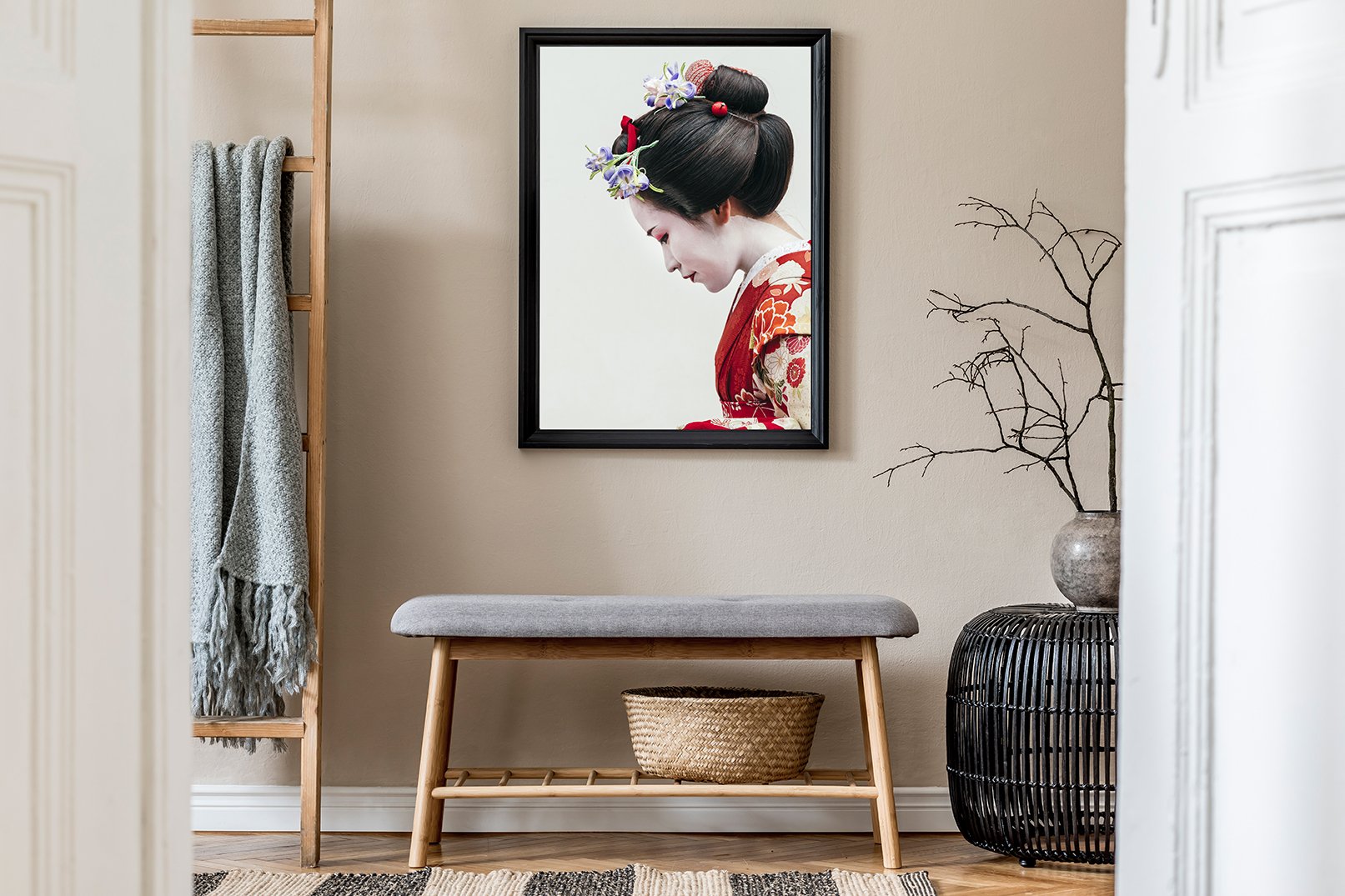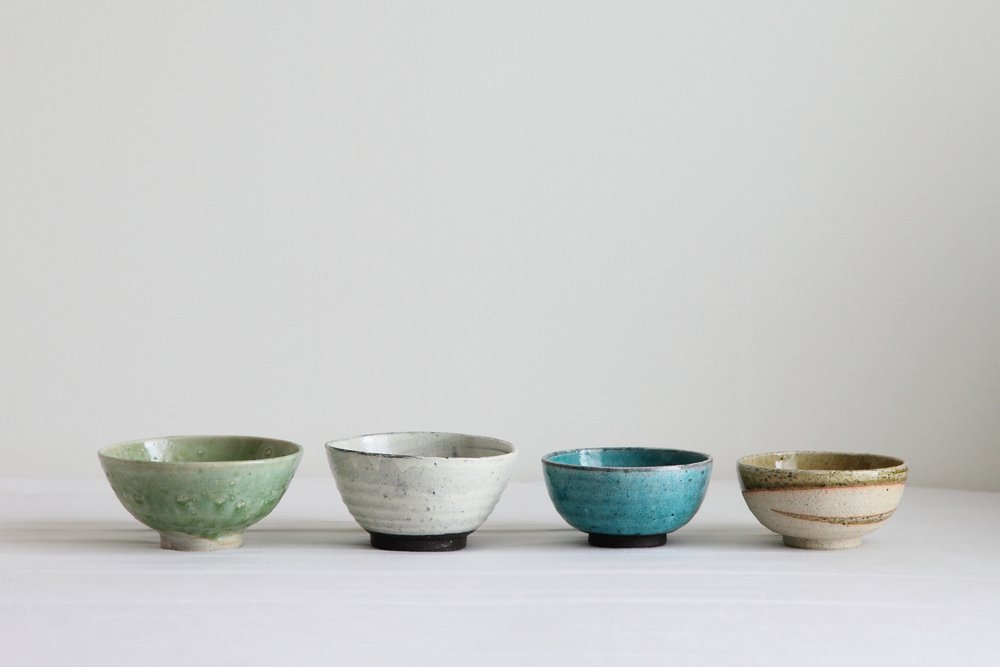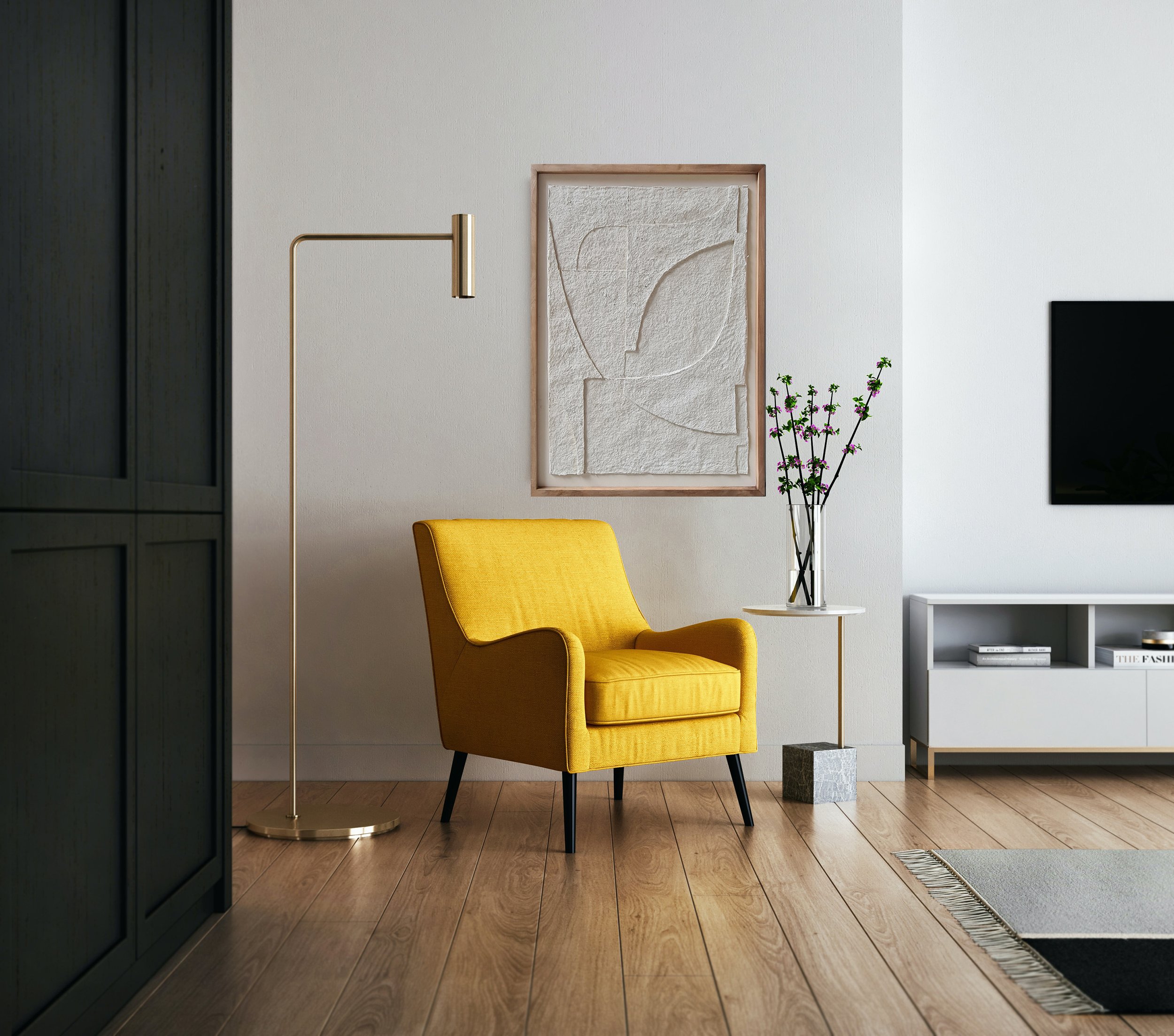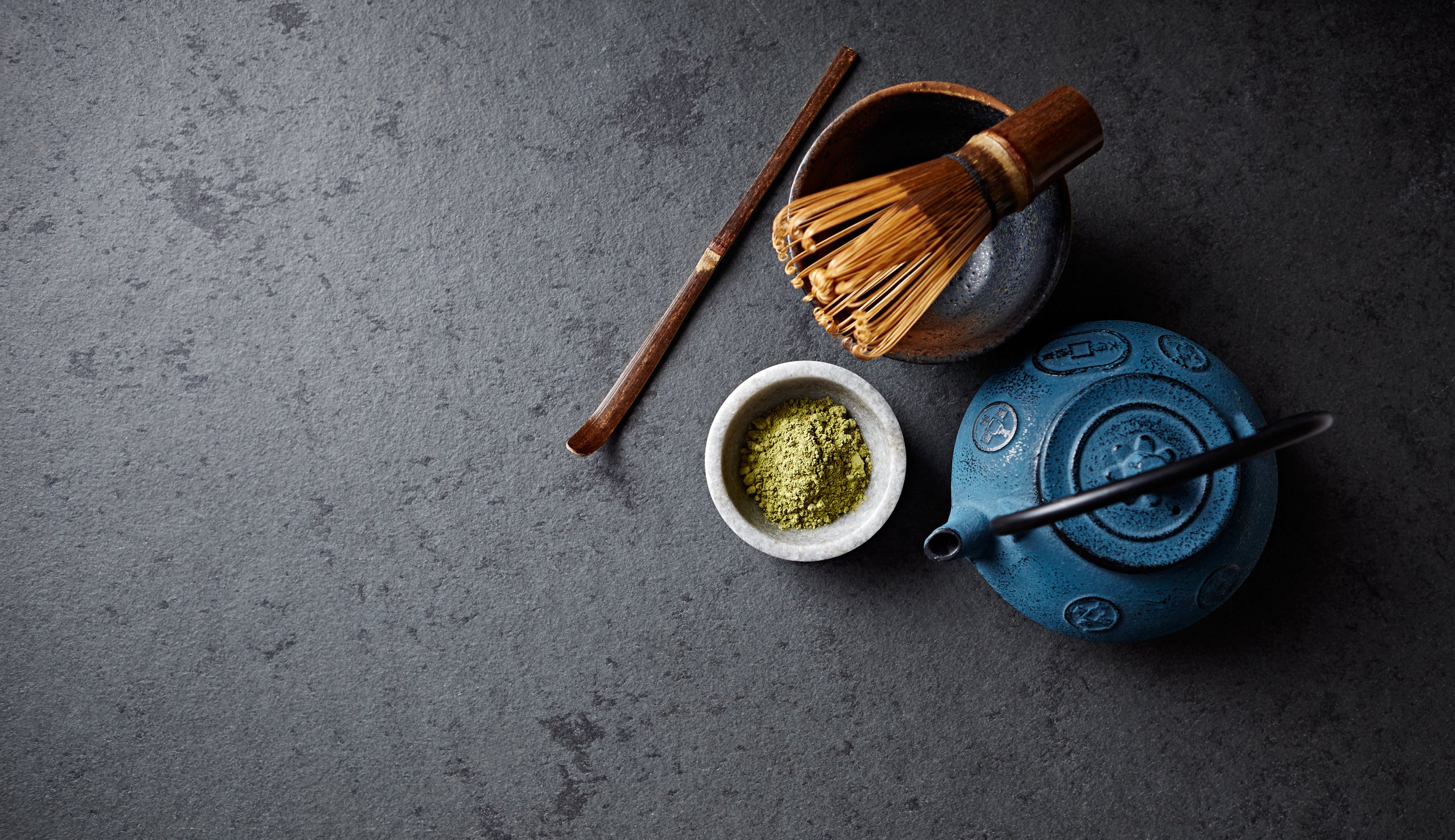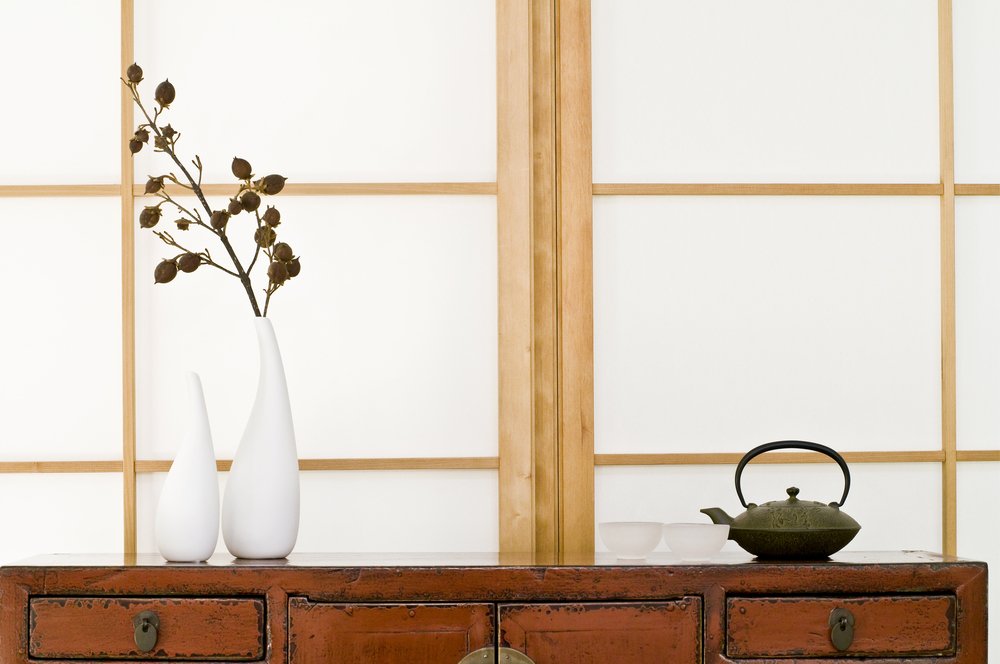Behind the scenes: designing for a furniture importer
[WORK IN PROGRESS] One of my clients is Artisan Home in Meppel (The Netherlands). They import furniture and accessories mainly from India and supply to home furnishing stores. When they call me in for a design, they give me input but at the same time a lot of freedom, which works very well.
They recently hired me to design tags, images and a newsletter because they had received a large container of new products, including many items made of paper mache that fit very well in a 'Wabi-sabi' and 'Japandi' interior style. People who know me also know that I am anything but trend-sensitive and our own house is a mix of a lot of influences, something that we feel comfortable with and actually reflects who we are very well. But of course I have studied ‘Wabi-sabi’ and 'Japandi' for this assignment and I do like the tranquility that this style radiates. [continue under photo]
Paper mache bowl from Artisan Home. Photo © Janke Snijder
Calm imperfection
Japandi design is a fusion of Japanese and Scandinavian design styles, while wabi-sabi design is a Japanese aesthetic that embraces imperfection, simplicity, and the beauty of natural materials. Read all about the styles in this article. [continue under photo]
CALM
If Japandi is a hybrid of Japanese minimalism & a simple cozy Scandinavian style, based on the philosophies of wabi-sabi and hygge respectively, I needed a colour palette that includes neutrals, with darker accents and natural shades. When in balance, these colors creates a calming, serene atmosphere.
The owners of Artisan Home gave me two photos, among other things, shots of their papier maché wall panels. I was asked to edit the images and place them in an interior so that potential customers can see how they look in a home.
And then comes the fun part for me: what kind of interior do I choose and could it be that papier mache combines very well with a portrait of an indigenous woman that I photographed in Ecuador? Or do I opt for a very modern, sleek interior with a bright yellow chair? It is wonderful to have 'the world' and nature as a source of inspiration, the possibilities are literally inexhaustible.
And let's be honest, who wouldn't want a very calm, quiet house with natural materials in this troubled world? Maybe I'm trend sensitive after all.
Papier maché all panel from Artisan Home, portrait indigenous woman Ecuador © Mirjam Letsch





